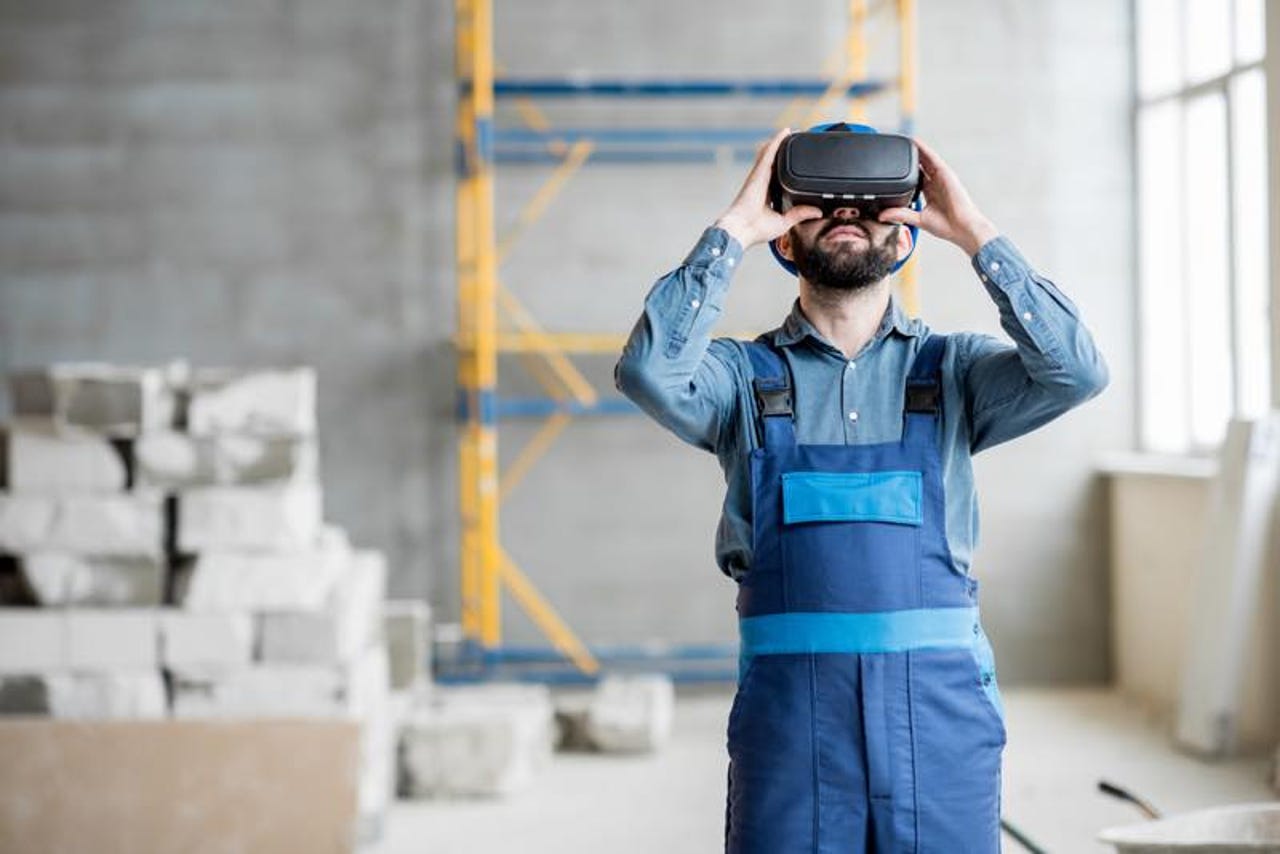Ten scenarios where edge computing can bring new value


By 2022, more than half of enterprise data will be produced and processed outside traditional data centers and clouds -- up from about 10 percent currently, according to a Gartner report.
"The number of our enterprises who are saying edge is part of their core strategy has doubled in a year," said Thomas Bittman, vice president and distinguished analyst at Gartner. "We think by next year about half of enterprises will have edge as a part of their strategy."
The rise of edge computing has helped companies analyze information in near real-time, and create new value around Internet of Things (IoT) devices and data. However, there is no standard formula for implementing edge computing, Bittman said.
"The biggest benefit is to be able to exploit data and insight faster," said Brian Hopkins, vice president and principal analyst at Forrester. "Closing the gap between the way data is generated and where you can use it to act in an insightful way creates a competitive advantage."
Here are 10 use cases where edge computing can bring new value to your organization.
1. Autonomous vehicles
Self-driving cars need to be able to learn things without having to connect back to the cloud to process data, Bittman said. Machine learning techniques such as reinforcement learning don't rely on training large models with big data sets -- instead, you can run inferences directly in the car, which is essentially edge computing, he added.
"It's not in a cloud, it's not in data centers, it's right in the computer in the car. Engines can learn how to drive themselves without being reliant on connectivity," Bittman said.
"You don't want your autonomous vehicle to be asking the cloud all the time what it's supposed to be doing, or asking a remote server," said Ian Hughes, senior IoT analyst at 451 Research. "It may communicate information to those, it may talk to the infrastructure, it may talk to the other vehicles around it, but most of its processing is done onboard."
2. Industrial automation
Edge computing can help create machines that can sense, detect, and learn things without having to be programmed, Bittman said. For example, if sun shining through a window hits a machine for part of the day, the machine will eventually be able to tell that the temperature change doesn't mean that something is wrong.
In industrial processes, machines generally need to be adjusted based on the environment or the quality of materials coming in, Hughes said. "If you are monitoring the process closely and locally, you can extend the life of that machine and extend the operational efficiency of that machine by tweaking what it's doing," he added.
3. Augmented reality (AR) and virtual reality (VR)
AR and VR tools that are used for employee training need to understand the environment around them, Hughes said.
"It has to scan the physical status of the world where the services are, and keep an internal model of where you are and what you're looking at," Hughes said. "You can push that up to the cloud, but it's a very localized thing to be able to do that. And so it's a high-end computing piece, done very, very close to the edge."
4. Retail
Several retail chains, including Nordstrom, are creating more immersive in-store environments with technologies like AR to attract additional shoppers, Bittman said. This requires lower latency, which is where edge computing capabilities come in, he added.
5. Connected homes and offices
Many people use Amazon Alexa or Google Assistant to complete tasks like turning on lights on command, or changing the temperature, Bittman said. However, right now those tasks tend to take a few seconds to occur. With edge computing, it will be possible for them to happen in near real-time.
6. Predictive maintenance
Edge computing can help detect machines that are in danger of breaking, and find the right fix before they do, Hughes said. Alerts for what's happening with a machine are best done close to that machine, he added.
7. Video monitoring
Video cameras can gather gigabytes of data at a time. Shipping all of that data to a remote processor takes time and money -- especially if you want to use motion detection or facial tracking. But edge computing can handle the sort of detection that would traditionally have to be done on a large-scale computer, Hughes said.
8. Software-defined networking
Software-defined networking technologies, some of which will power the move to 5G, require local processing to determine the best route to send data at each point of the journey, Hughes said.
"Each node and network can make a decision about the quality of service it needs to give a particular piece of information that comes to it, and then route that in a different way. It might jump protocols, and it might go from wi-fi to cellular or back again all over."
9. Blockchain
Distributed ledger technology like blockchain requires decentralized computing models, Hughes said. "If you're going to do your blockchain, you need to be able to process these ledgers locally, and you need to be able to house them locally," he added. "Each node in a blockchain is a compute unit, so blockchain isn't a centralized ledger, it's a distributed ledger. Therefore it's edge."
10. Fog computing
Fog computing is an architecture that uses edge devices to connect to a distributed computing model, Hughes said. Distributed computing systems are able to harness underused cycles across the edge and the continuum to the cloud, he added.
Also see
- Cloud v. data center decision (ZDNet special report) | Download the report as a PDF (TechRepublic)
- Developers favoring AWS, Microsoft Azure for cloud IoT platforms (ZDNet)
- Edge computing: A cheat sheet (TechRepublic)
- Video: Edge computing explained (ZDNet)